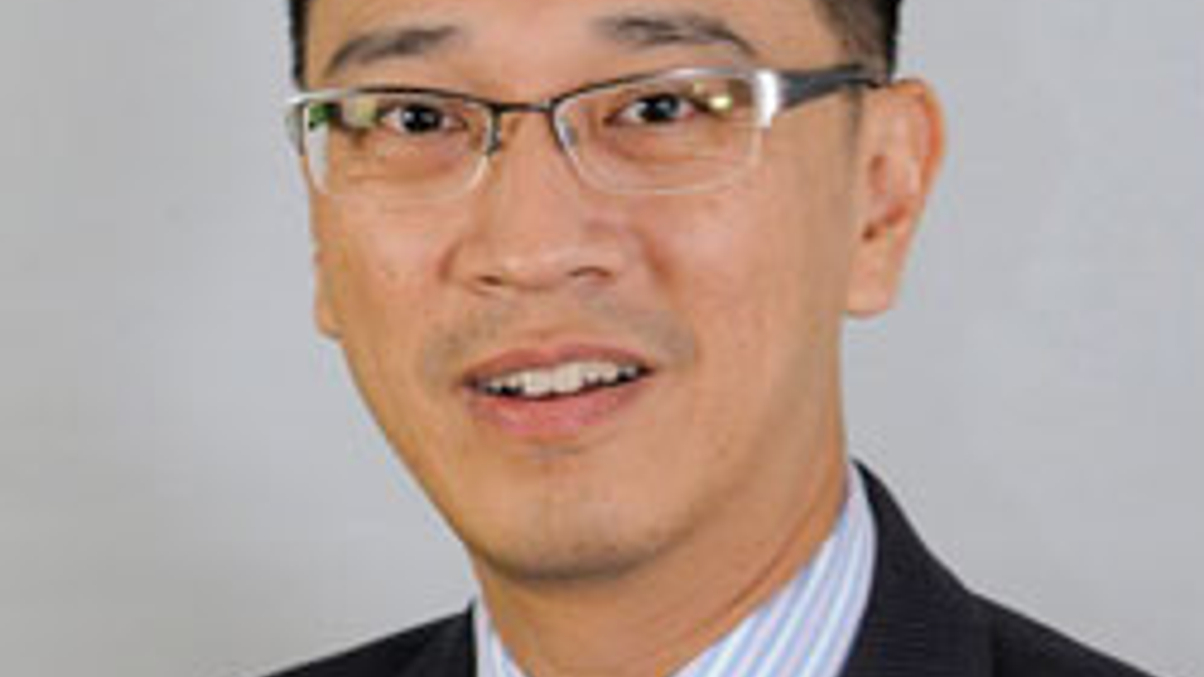GPF eyes hedge funds, flags alt investing issues
Thailand's Government Pension Fund and other panellists discuss challenges in respect of investing in alternative assets in Asia.

Thailand's Government Pension Fund started investing in private markets in 2003 and currently puts 14%, or $2.38 billion, of its $17 billion portfolio into infrastructure, property and private equity. It now plans to diversify further into hedge funds, says Teerapong Ninvoraskul, senior director of alternative investments.
Sign In to Your Account
Access Exclusive AsianInvestor Content!
Please sign in to your subscription to unlock full access to our premium AI resources.
Free Registration & 7-Day Trial
Register now to enjoy a 7-day free trial—no registration fees required. Click the link to get started.
Note: This free trial is a one-time offer.
¬ Haymarket Media Limited. All rights reserved.


